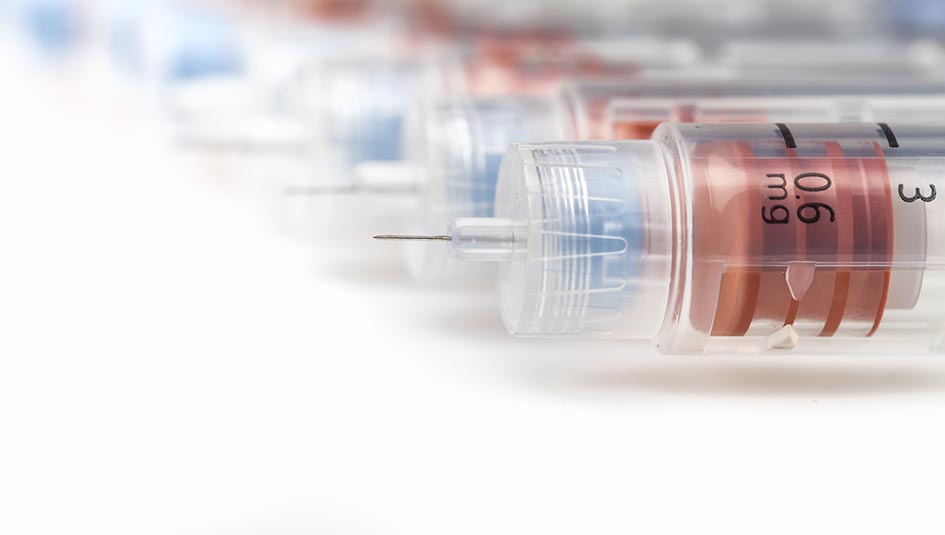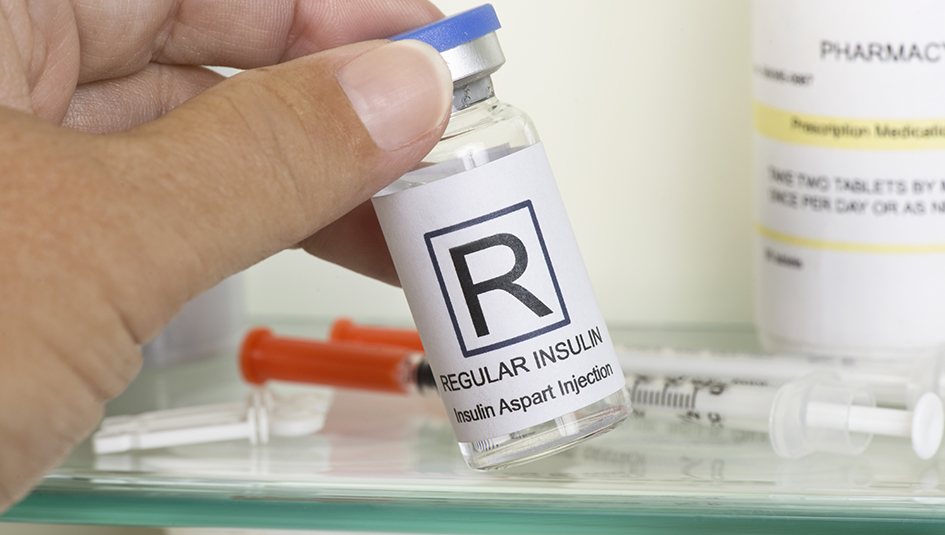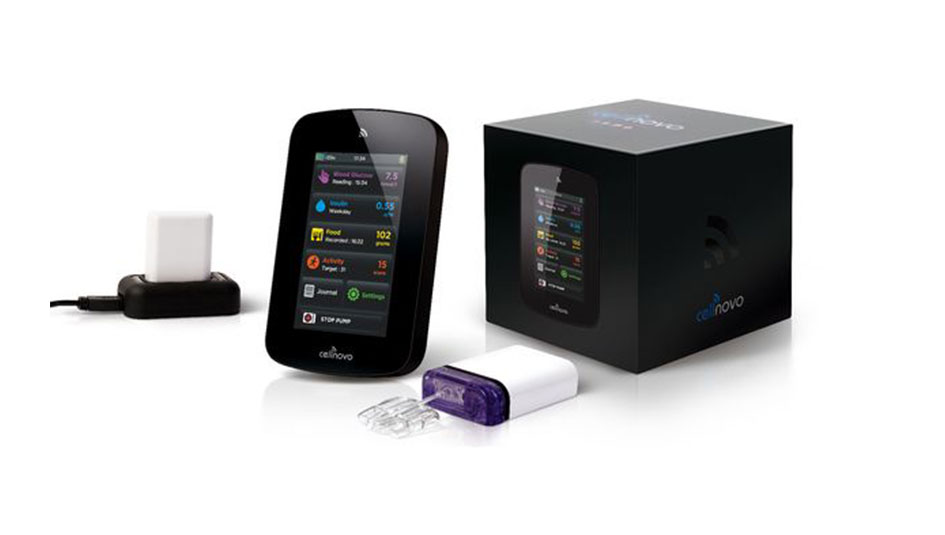Insulin Allergies Are For Real

Basal insulin was supposed to be a help for novelist Katherine Marple, but instead it became the bane of her existence. A few years back, Marple’s doctor switched her to Lantus to help control some of the peaks and valleys of her blood glucose levels. Shortly after the switch, she soon felt pain with each Lantus injection.
”It felt like I was injecting fire,” says Marple, who has Type 1 diabetes. “I could actually feel it going up my veins.”
Soon the problem moved from an annoyance to a life-threatening emergency. She had sudden and dangerous lows while she slept, and paramedics had to revive her several times. Maple had seen online discussions about insulin allergies, and she tried to talk to her doctor about the possibility, but he wasn’t convinced.
“He thought I was being insubordinate and neglectful,” Maple says. ”A lot of people don’t believe 20-year-olds.”
Maple persisted, and after several months her doctor finally read up on the subject. While it was never conclusively proven that she was having an allergic reaction, she was switched to a different form of insulin, and the symptoms went away.
Allergies to insulin used to be commonplace when animal-sourced insulin was used as the base for the drug. Some 10% to 50% of people on insulin therapy would develop some form of an allergic reaction, according to estimates by researchers. It makes sense, since back then insulin was taken directly from cattle and pigs, and the body would react to injected insulin like it was a foreign invader.
In the eighties, scientists found a way to extract the gene for making human insulin and put it into cells to grow more insulin. They also found a way to create analogs to human insulin, in which the DNA of the insulin is altered to deal with potential problems, including allergic reactions. The advent of these two methods has greatly curbed the rate of allergic reactions.
That doesn’t mean it has eliminated allergic reactions altogether. In some estimates, it’s believed that as many as 2.6% of people with diabetes experience some form of allergic reaction to various forms of insulin. Such cases are uncommon, but they have been documented. Reactions range from frustrating to life-threatening.
Examples include:
-In 2012, New Zealand doctors reported the case of a 12-year-old girl with Type 1 diabetes who was having an allergic reaction to metacresol, an antiseptic found in formulations of insulin, according to the Journal of Medical Case Reports.
-In 2010, Paris doctors reported a 21-year-old woman with Type 1 diabetes who had to be treated for rashes at all injection sites, according to Diabetes Care. She had a history of allergies to penicillin and coconuts.
-In 2005, researchers discussed in Clinical and Molecular Allergy the case of a 25-year-old Spanish man with Type 1 diabetes who was experiencing an anaphylactic reaction to insulin. This is a potentially life-threatening condition that can include throat constrictions and heart spasms.
The first line of treatment for an allergic reaction to insulin often involves diluting and dialing back the amount of insulin to desensitize the body to the substance. Unfortunately, such a treatment is untenable for many people with Type 1 diabetes, as skipping or scaling back on insulin therapy is simply not an option. In these cases, doctors will try switching to other forms of insulin, including analogues, and using pump therapy to get the body to calm down in its reactions to individual injections. In each case listed above, the doctors were able to find a way to stop the allergic reactions without cutting off insulin therapy.
Unfortunately, there is no simple cure-all to treat insulin allergies. However, the first step to a fix is getting people with diabetes and, more importantly, their doctors to identify the possibility of the problem.
Thanks for reading this Insulin Nation article. Want more Type 1 news? Subscribe here.
Have Type 2 diabetes or know someone who does? Try Type 2 Nation, our sister publication.







